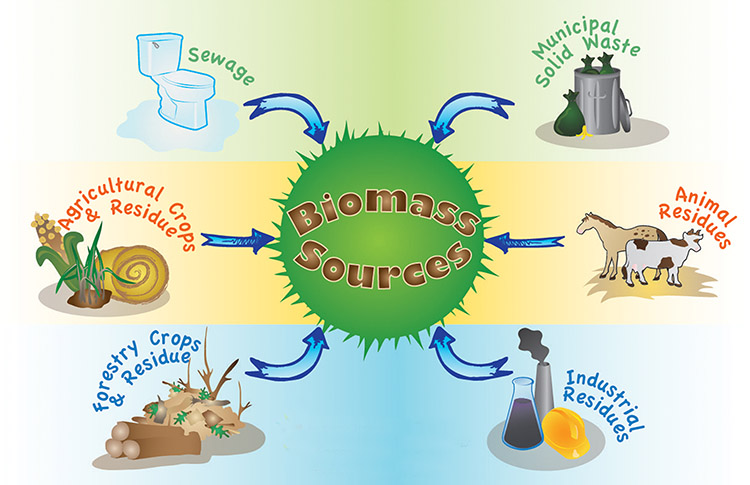12 Dec Investment trends in renewable energy technology: UNCTAD report
Posted at 03:38h
in Biomass Energy
Last month the United Nations Conference on Trade and Development (UNCTAD) released the “Technology and Innovation Report 2011: Powering Development with Renewable Energy Technologies.” The study details the amazing strides made by renewable energy in recent years, even despite the global economic downturn, and states its potential in the developing world.

